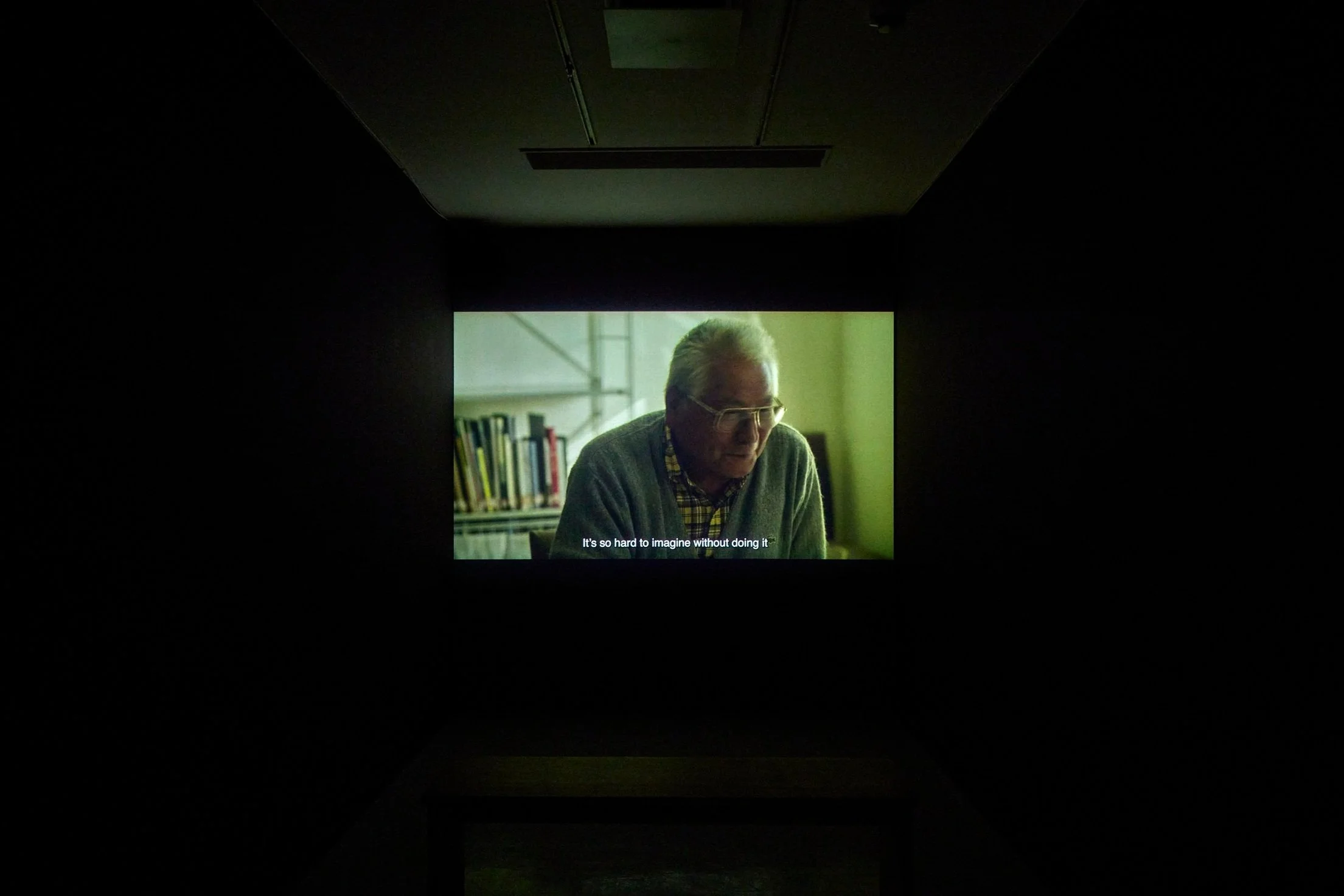Imagined Earthquake 01: One Yen City (Seismograph) (2022)
one yen coins, 75cm x 175cm table, as Zakkubalan (Albert Tholen + Neo Sora)
The mythical Namazu was a massive catfish said to cause earthquakes through its underground movement. Widely depicted in Edo-era woodblock prints called namazu-e, the myth and prints became popular in the 19th century as social inequality grew in Japan. The Namazu became associated with both bringing and taking away wealth, echoing the idea of earthquakes as moments of destruction and rebuilding that balance wealth disparities.
Inspired by the frequent inclusion of coins in namazu-e, the piece is composed of the one yen coin as the key material, collecting one coin each for the 36,232 days since the Great Kanto Earthquake and shaping them into a mock city. In its precarity, the One Yen City becomes another way to “detect” and register earthquakes, thereby acting as a seismometer. Every day, an additional one yen coin is added to the city.
Imagined Earthquake 02: Simulation (2022)
HD Video Installation (color/sound), 26 mins, as Zakkubalan (Albert Tholen + Neo Sora)
Through modern-day disaster prevention training, Japanese citizens collectively imagine future earthquake disasters. Rehearsals and preparation act as a lens for capturing that vision.
The most striking was a card game called Hinanjo Unei Game, aka HUG, wherein a group of participants enact the operation of an evacuation site during a disaster scenario. Designed by Shizuoka Prefecture to help local community leaders anticipate possible issues at their sites, the image of a future disaster comes into focus as the players react to the prompts and shape their collective reactions. We asked members of the local community to come and play this game, attempting to capture this image of an earthquake as it coheres in their imagination and plays out in their recollections.
Photo: TAKAHASHI Kenji Photo courtesy of Tokyo Arts and Space
Exhibitions
TOKAS Creator-in-Residence 2023 Exhibition ‘As Above, So Below’,” Tokyo Arts and Space Hongo













